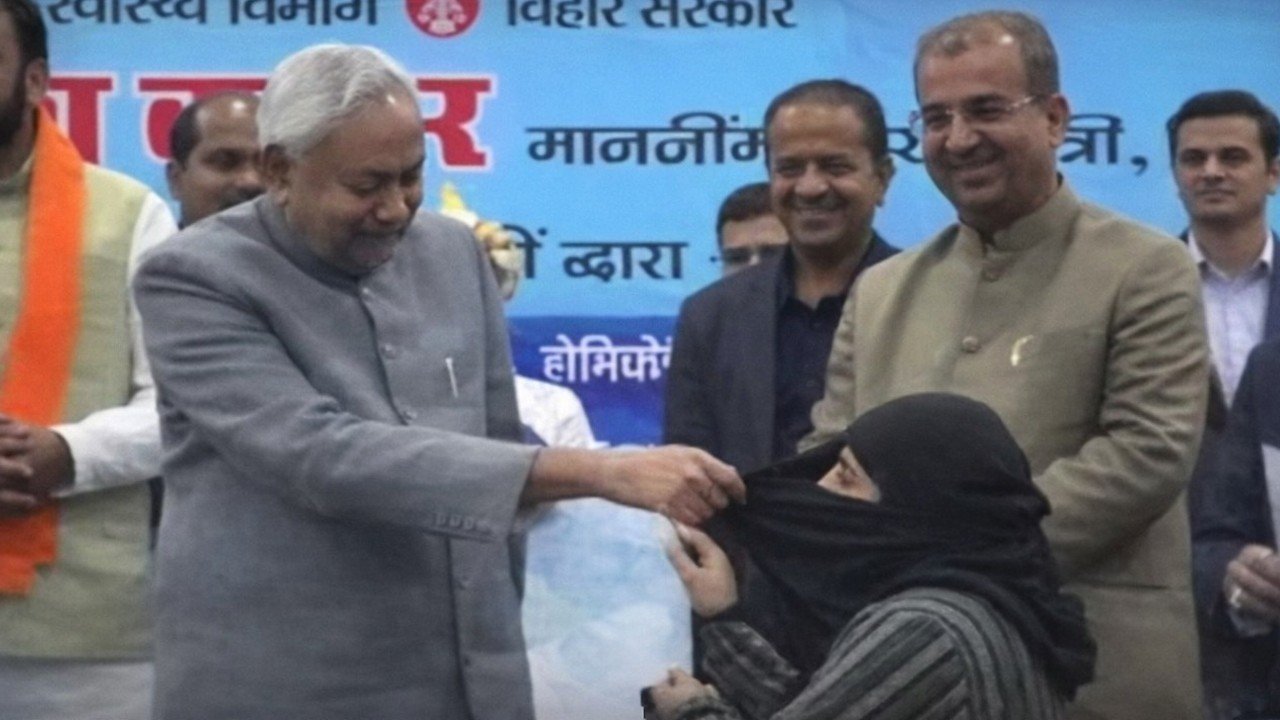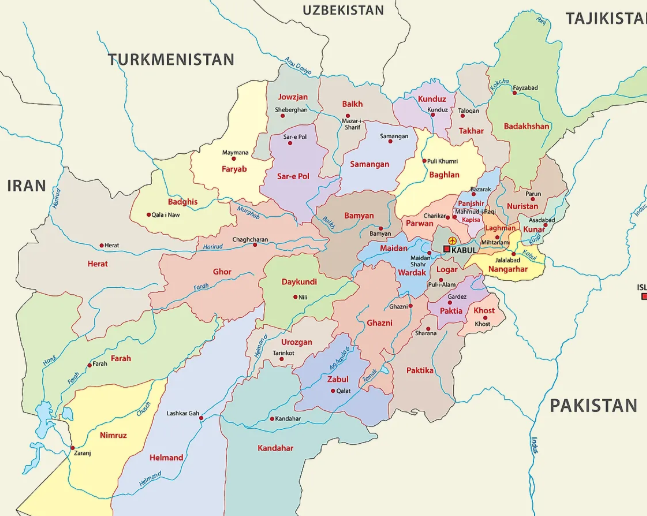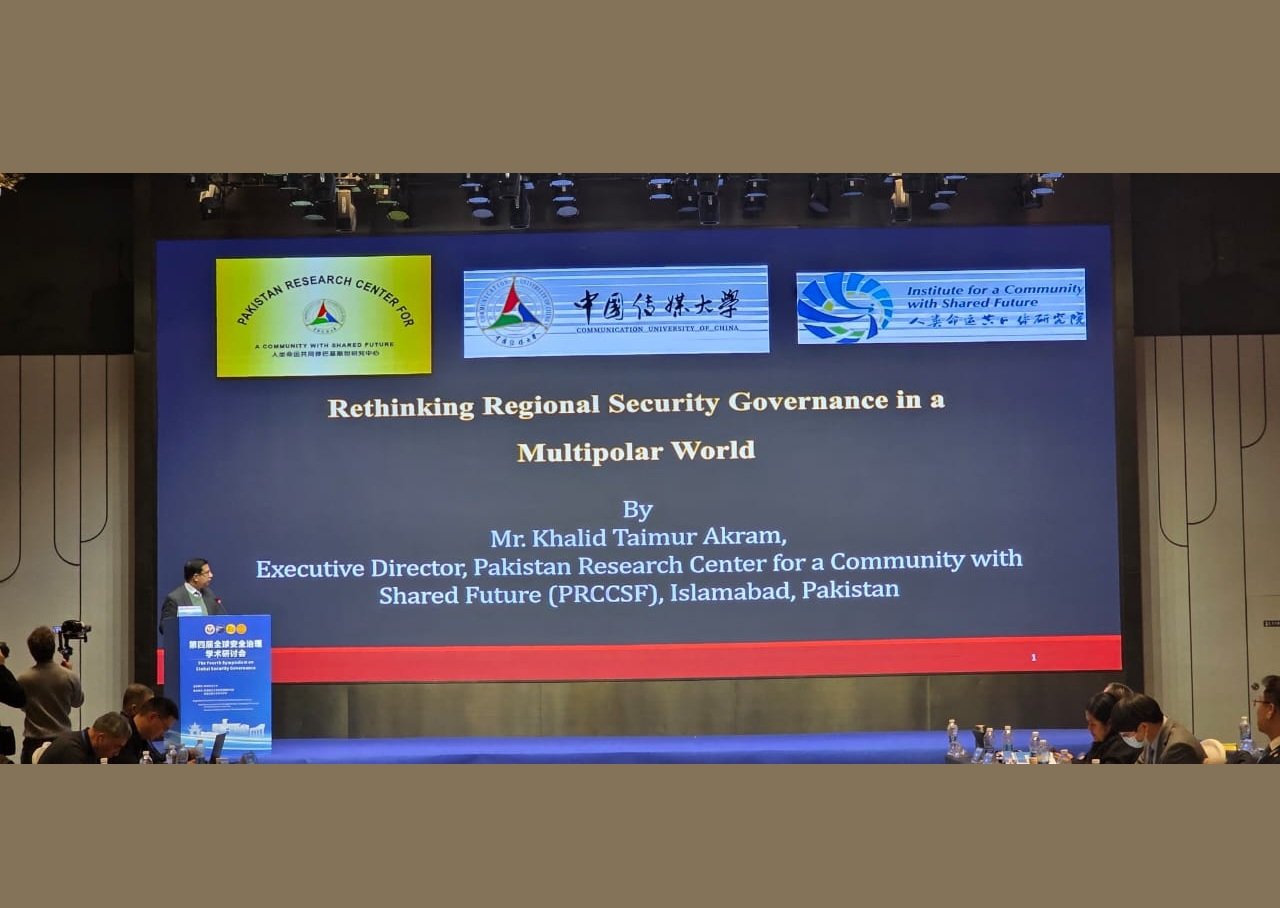As the global climate crisis persists, Central Asia is stepping into a new era of environmental responsibility and regional cooperation. The announcement of the Regional Climate Summit 2026 (RCS 2026) in Astana underscores the determination of Central Asian countries to forge a unified front against climate change. Unveiled by Kazakhstan President Kassym-Jomart Tokayev at the 2023 Astana International Forum, RCS 2026 represents not only a pivotal diplomatic effort but also a shared commitment to sustainable development across the Central Asia region.
RCS 2026 will bring together leaders from Kazakhstan, Uzbekistan, Kyrgyzstan, Turkmenistan, and Tajikistan to collaborate on five critical themes, such as low-carbon transition, climate adaptation, food security, a just transition, and climate finance. Preparatory consultations are already underway, with Almaty and Samarkand hosting the first regional dialogues, and further engagements are expected at major global events, including COP30 in Brazil and the 80th UN General Assembly in New York. These consultations are designed to foster joint decisions, facilitate a regional climate finance mechanism, and catalyze new cross-border projects, all coordinated by the Central Asian Climate Fund’s Project Office, with a dedicated headquarters in Kazakhstan.
The rationale for such collaboration is clear: Central Asia is warming at twice the global average, with regional temperatures rising by 1.5°C over the past 60 years. This rapid warming has had profound consequences. Over 80% of the region’s water originates from glacial sources, which have diminished by nearly 30% in just five decades. Projected water scarcity could reach critical levels by 2050, particularly in the Amu Darya and Syr Darya basins, threatening not only water access but also food security, as agricultural yields may decline by up to 40% due to climate-induced stresses. The region is carving out its own path of regional solidarity, resilience, and innovation and has maintained a relatively high level of mutual trust, good neighborliness, and shared development goals, which has enabled them to mobilize collective action in the face of ecological threats.
Role of Leaderships of Uzbekistan and Kazakhstan
Uzbekistan has emerged as a leading advocate for regional green transformation. President Shavkat Mirziyoyev’s administration has made environmental sustainability central to national policy. At the Abu Dhabi Sustainability Week, President Mirziyoyev reaffirmed Uzbekistan’s strategic shift to a resource-efficient, green economy, with a strong focus on renewables, biodiversity protection, and climate-smart agriculture. Initiatives include expanding solar and wind energy, fostering electric vehicle and hydrogen energy clusters, and mass reforestation, especially in the Aral Sea region, which the UN recognized in 2021 as a zone of environmental innovation.
Uzbekistan’s Development Strategy until 2030 is a national policy that prioritizes climate resilience. Its 2025 designation as the Year of Environmental Protection and the Green Economy is a rallying call for coordinated national and regional action. These commitments have been complemented by significant international outreach. At COP-28 in Dubai and COP-29 in Baku, Uzbekistan proposed establishing an International Center for Damage and Loss Assessment, a regional water-saving technology hub, and a plant genetic resource bank to preserve biodiversity.
Samarkand and Tashkent have become important players for global environmental dialogue, hosting the 14th Conference of the Parties to the CMS and a high-level forum on food security for Central Asians, respectively. Uzbekistan also proposed a UN Innovation Agro-Industrial Hub specifically for landlocked developing countries to overcome the dual burden of climate vulnerability and limited market access. Meanwhile, Kazakhstan is taking bold steps to anchor its economy and infrastructure in climate resilience. The severe environmental events of 2024 highlighted the urgency of coordinated national strategies. In 2023, Kazakhstan updated its Nationally Determined Contributions (NDCs) under the Paris Agreement, incorporating climate adaptation for key sectors: forestry, agriculture, water resources, and disaster risk reduction. The government emphasizes the integration of digital technologies, such as remote sensing and AI-driven analytics, to enhance early warning systems and environmental monitoring.
Looking forward, Kazakhstan aims to develop a comprehensive National Adaptation Plan (NAP), a strategic document that will clarify institutional responsibilities, align public investment with climate priorities, and mainstream climate resilience into sectoral development plans. The government’s broader climate strategy focuses on diversifying the economy away from natural resource dependence by investing in renewable energy, promoting water-efficient technologies, and supporting climate-smart agriculture. With over 70% of its territory exposed to desertification and drought risk, Kazakhstan is especially vulnerable to the impacts of global warming. Investment in green infrastructure, such as solar parks in southern Kazakhstan and wind corridors along the Caspian coast, is accelerating.
Regional cooperation is also being bolstered through multilateral frameworks such as the International Fund for Saving the Aral Sea (IFAS) and joint platforms like the Central Asian Pavilion launched at the 2023 UN Climate Summit in Dubai. The broader vision of Central Asia’s climate diplomacy is one of constructive engagement, knowledge exchange, and shared prosperity. From coordinating transboundary water-sharing frameworks to standardizing climate finance mechanisms, the region is gradually building the architecture of a unified climate platform.
As Central Asia prepares for RCS 2026, the event in Astana will likely crystallize decades of dialogue into actionable frameworks and serve as a launchpad for joint regional climate policy. Central Asia’s climate policy is no longer confined to national action plans or isolated environmental programs, evolving into a comprehensive regional strategy, grounded in science, driven by necessity, and inspired by a shared vision of a climate-resilient future. As climate threats intensify, the Central Asian response may well become a model for other vulnerable regions seeking to chart a sustainable path forward.

Executive Director, Pakistan Research Center for a Community with Shared Future (PRCCSF).












